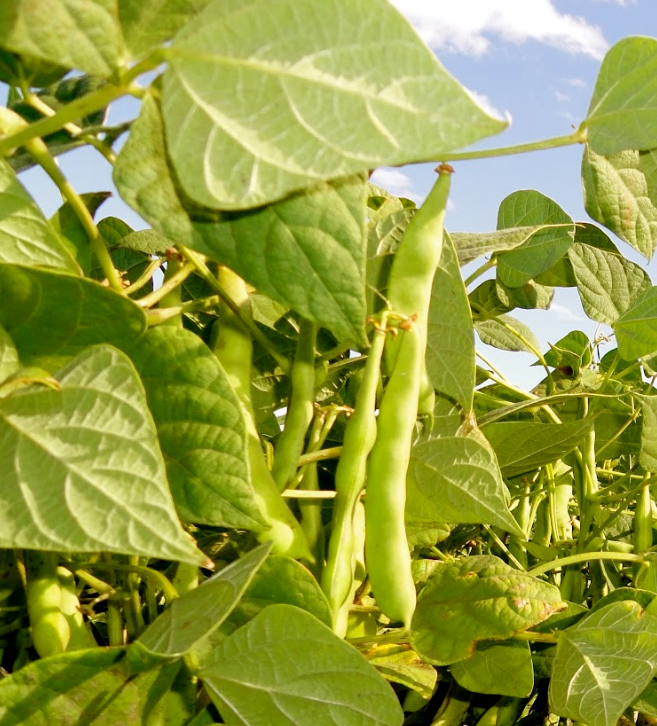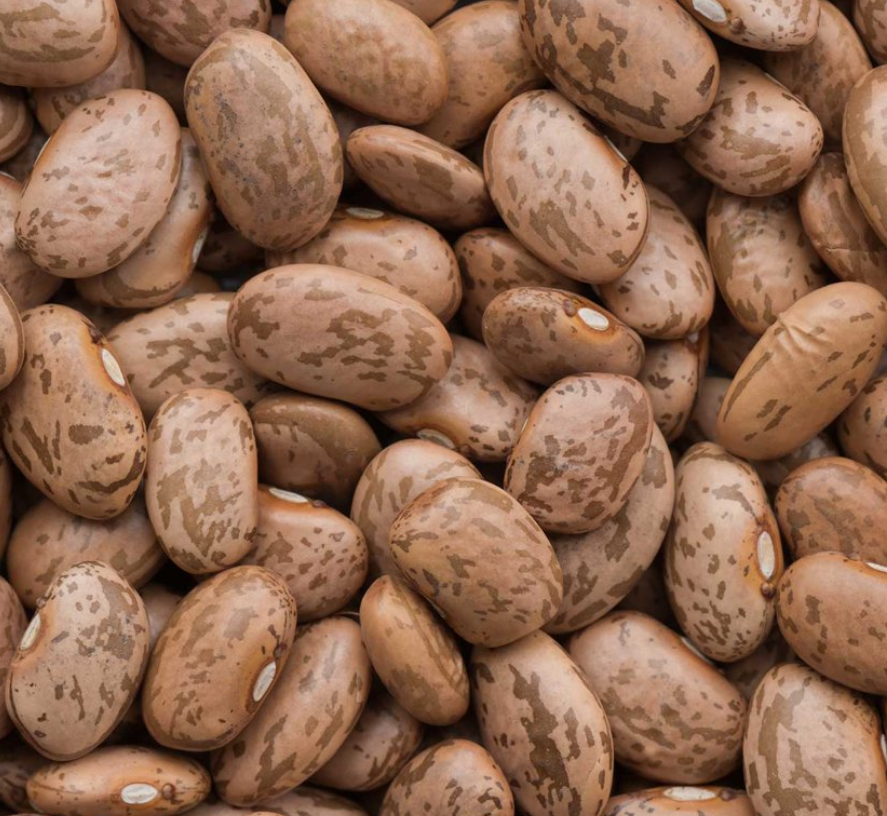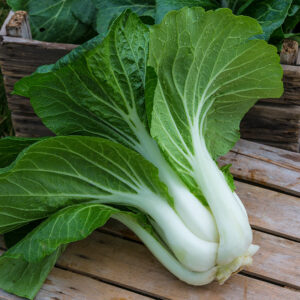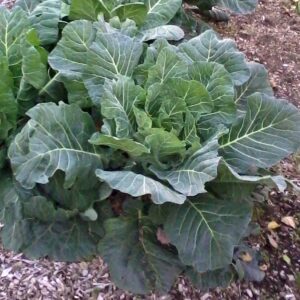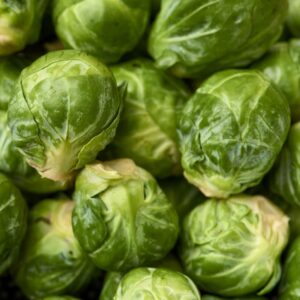Pinto beans (Phaseolus vulgaris) are a popular variety of common beans that are known for their distinctive mottled brown and white coloring. They are a versatile and nutritious food, often used in traditional Mexican and Southwestern dishes such as refried beans, chili, and burritos. Pinto beans are also a good source of protein, dietary fiber, and other essential nutrients.
Growing pinto beans is relatively easy and they can be grown in most regions of the United States. They are a warm-season crop, meaning they should be planted when the soil has warmed to at least 60°F, typically after the last frost date in your area. Pinto beans can be planted directly in the garden, or started indoors and transplanted later.
Pinto beans are best planted in a well-drained, fertile soil, in a location that receives full sun. They require moderate water supply, but do not tolerate waterlogged soils. They are bush beans, so they do not require staking or trellising, but it’s a good idea to provide some kind of support for the plants to keep them upright, especially if they are grown in heavy soil.
When planting, sow the seeds about 1 inch deep and 4 inches apart, in rows that are 2-3 feet apart. Pinto beans are a nitrogen-fixing crop, which means they have the ability to take nitrogen from the air and convert it into a form that can be used by the plant. This means that they do not require any additional nitrogen fertilizer.
Pinto beans typically take about 60-90 days to mature, depending on the variety and the weather conditions. They are ready to harvest when the pods are dry and the beans inside are hard. Pinto beans can be harvested by hand or with a bean rake, and should be dried thoroughly before storing.
Pinto beans are a popular variety of common beans known for their distinctive mottled brown and white coloring. They are easy to grow, and can be planted in most regions of the United States, and require moderate water supply, a well-drained, fertile soil and full sun. They are bush beans, so they do not require staking or trellising, and typically take about 60-90 days to mature, depending on the variety and the weather conditions. They are a good source of protein, dietary fiber, and other essential nutrients, making them a great addition to any garden.

